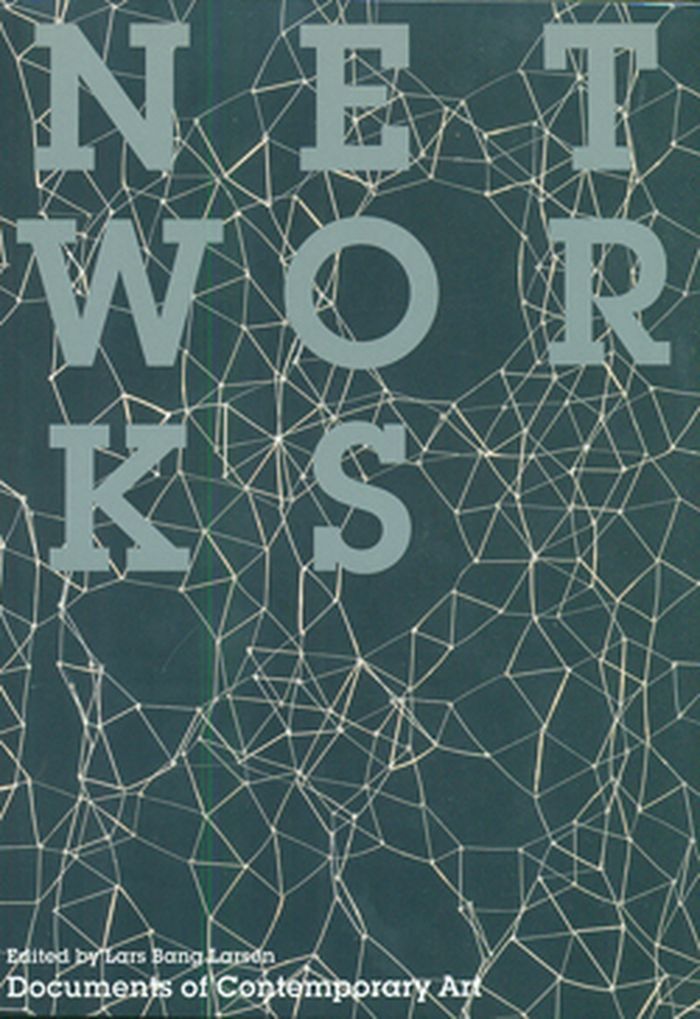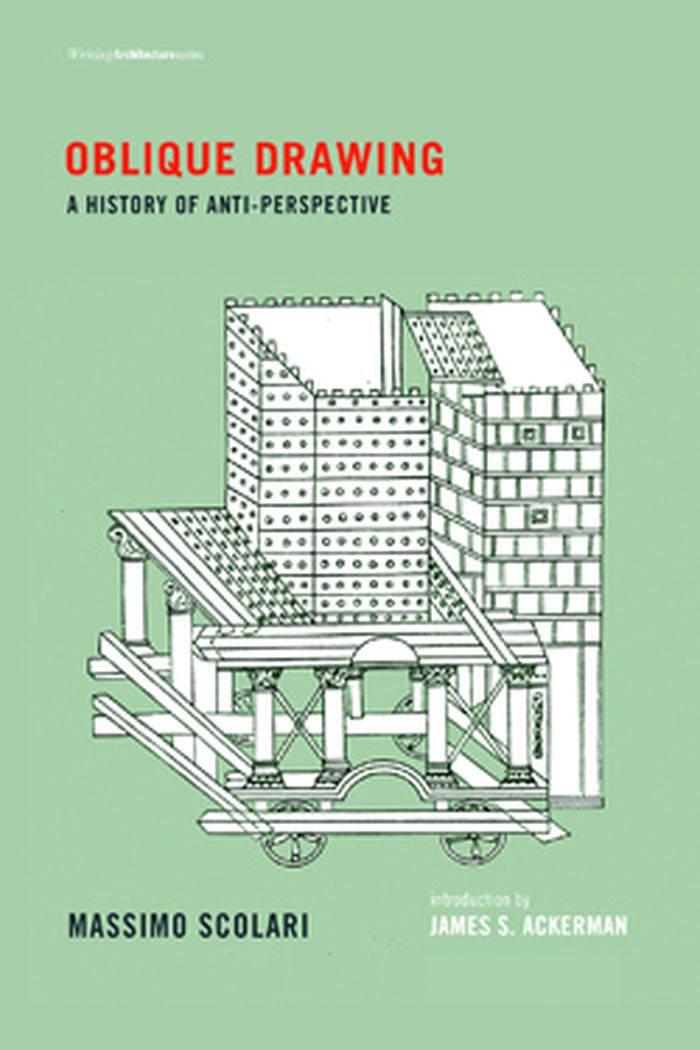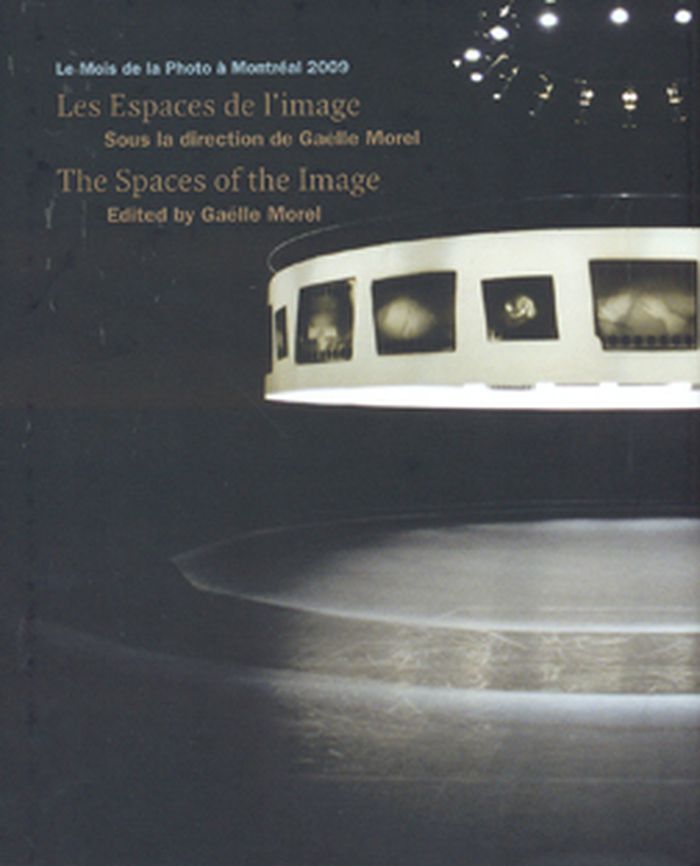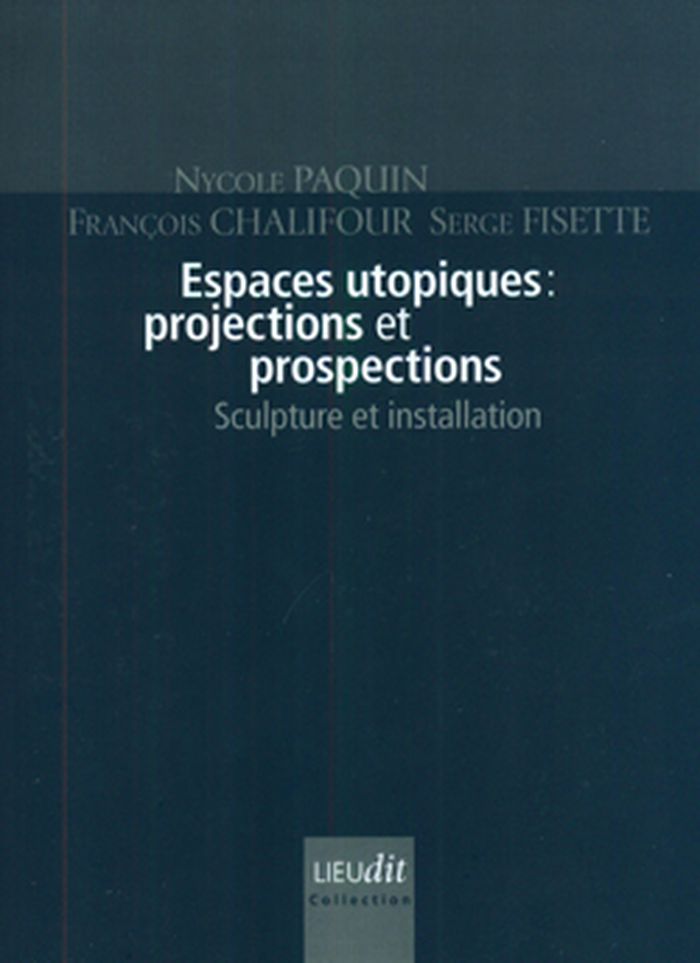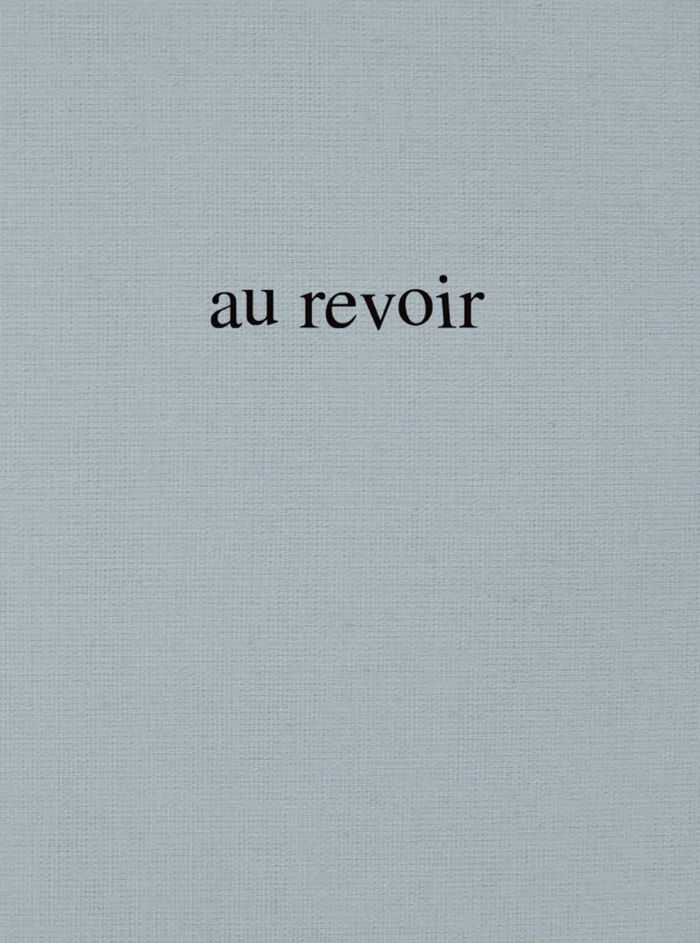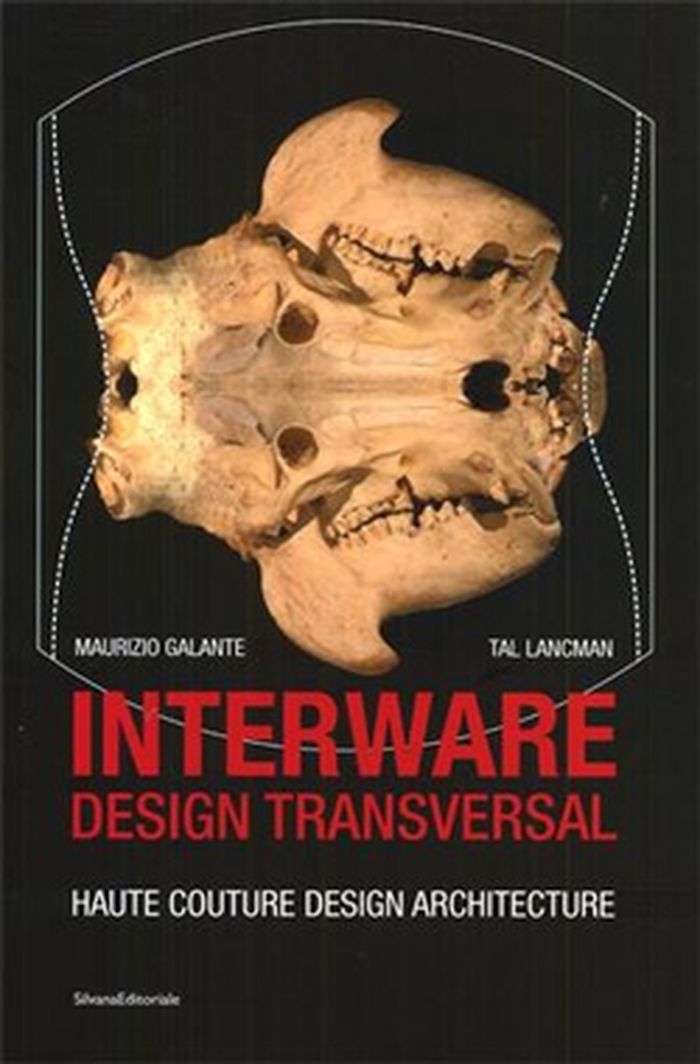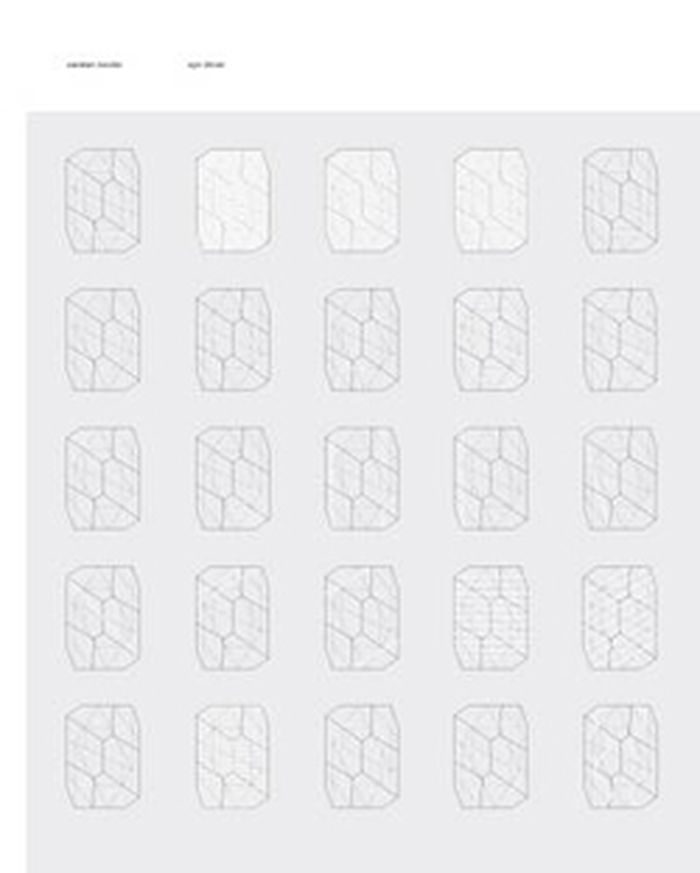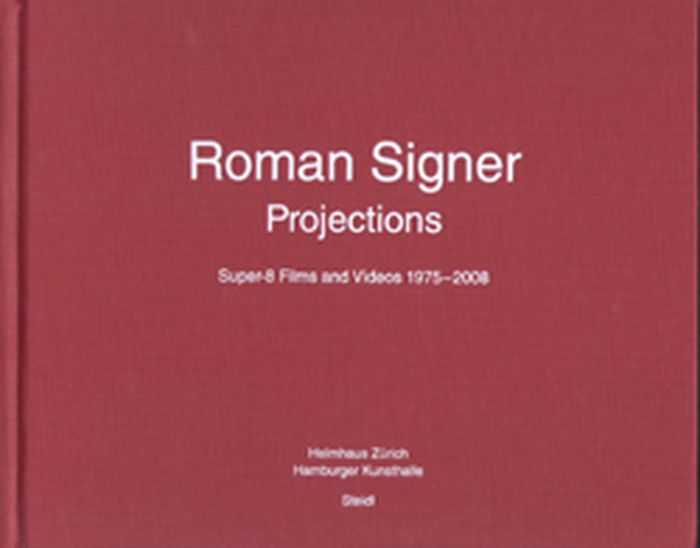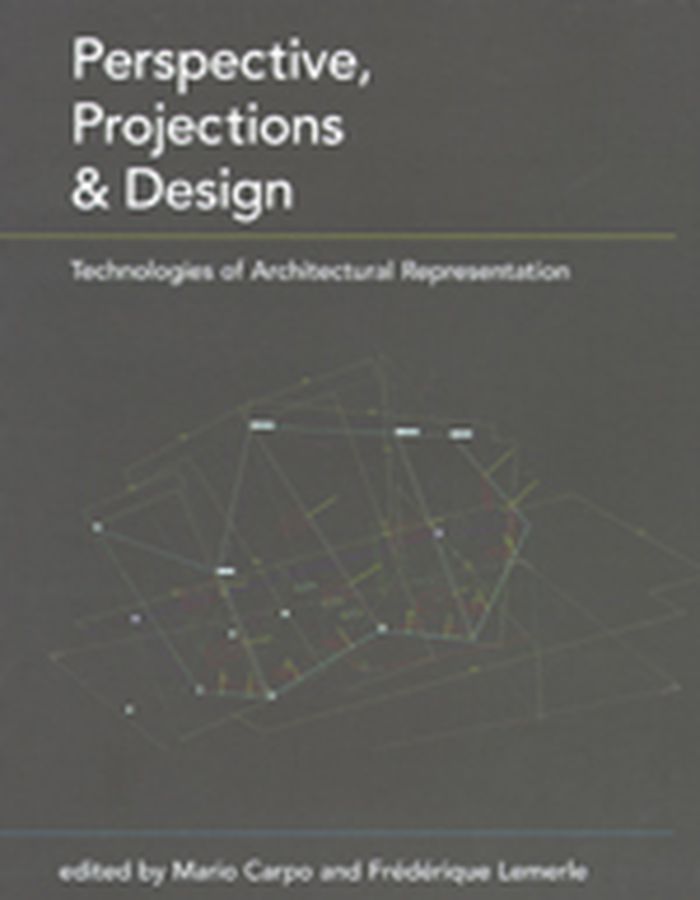Networks
$29.95
(disponible sur commande)
Résumé:
The dawn of the electronic media age in the 1960s began a cultural shift from the modernist grid and its determination of projection and representation to the fluid structures and circuits of the network, presenting art with new challenges and possibilities. This anthology considers art at the center of network theory, from the 1960s to the present
Networks
Actions:
Prix:
$29.95
(disponible sur commande)
Résumé:
The dawn of the electronic media age in the 1960s began a cultural shift from the modernist grid and its determination of projection and representation to the fluid structures and circuits of the network, presenting art with new challenges and possibilities. This anthology considers art at the center of network theory, from the 1960s to the present
$36.50
(disponible sur commande)
Résumé:
In Oblique Drawing, Massimo Scolari investigates “anti-perspective” visual representation over two thousand years, finding in the course of his investigation that visual and conceptual representations are manifestations of the ideological and philosophical orientations of different cultures. Images prove to be not just a form of art but a form of thought, a projection of(...)
Oblique drawing : a history of anti-perspective
Actions:
Prix:
$36.50
(disponible sur commande)
Résumé:
In Oblique Drawing, Massimo Scolari investigates “anti-perspective” visual representation over two thousand years, finding in the course of his investigation that visual and conceptual representations are manifestations of the ideological and philosophical orientations of different cultures. Images prove to be not just a form of art but a form of thought, a projection of a way of life.
Dessin d’architecture
$10.00
(disponible sur commande)
Résumé:
Sous la direction de Gaëlle Morel, la publication du Mois de la Photo à Montréal 2009, intitulée Les Espaces de l’image, regroupera les contributions inédites d’historiens de l’art et de critiques intéressés par la question des enjeux scénographiques. Seront ainsi abordées l’histoire de la projection comme procédé installatif et l’histoire des expositions de photographie(...)
août 2009
Les espaces de l'image, Mois de la photo à Montréal 2009,
Actions:
Prix:
$10.00
(disponible sur commande)
Résumé:
Sous la direction de Gaëlle Morel, la publication du Mois de la Photo à Montréal 2009, intitulée Les Espaces de l’image, regroupera les contributions inédites d’historiens de l’art et de critiques intéressés par la question des enjeux scénographiques. Seront ainsi abordées l’histoire de la projection comme procédé installatif et l’histoire des expositions de photographie montrant la richesse des solutions spatiales envisagées au XXe siècle.
$25.00
(disponible sur commande)
Résumé:
Cet ouvrage s'adresse à tous ceux et celles qui ont le goût de l'ailleurs, puisqu'il aborde le lieu d'exposition, la forme et la matière d'œuvres qui peuvent être qualifiées d'utopiques, plus précisément d'hétérotopiques, en ce que marginales, souvent difficiles d'accès, étonnantes et possiblement choquantes, elles prescrivent leurs propres règles initiatiques.
Théorie de l’art
novembre 2013
Espaces utopiques: projections et prospections, sculpture et installation
Actions:
Prix:
$25.00
(disponible sur commande)
Résumé:
Cet ouvrage s'adresse à tous ceux et celles qui ont le goût de l'ailleurs, puisqu'il aborde le lieu d'exposition, la forme et la matière d'œuvres qui peuvent être qualifiées d'utopiques, plus précisément d'hétérotopiques, en ce que marginales, souvent difficiles d'accès, étonnantes et possiblement choquantes, elles prescrivent leurs propres règles initiatiques.
Théorie de l’art
Lawrence Fafard : Au revoir
$44.95
(disponible en magasin)
Résumé:
Constitué de photographies et de fragments poétiques, ce magnifique livre d’art explore la manière dont l’image peut brouiller les frontières entre le tangible et la projection. Dans un monde où l’image circule et se dissout dans l’immatériel, Au revoir est un geste de résistance, réaffirmant l’importance de la matérialité de l’image. L’artiste adopte des formes de(...)
Lawrence Fafard : Au revoir
Actions:
Prix:
$44.95
(disponible en magasin)
Résumé:
Constitué de photographies et de fragments poétiques, ce magnifique livre d’art explore la manière dont l’image peut brouiller les frontières entre le tangible et la projection. Dans un monde où l’image circule et se dissout dans l’immatériel, Au revoir est un geste de résistance, réaffirmant l’importance de la matérialité de l’image. L’artiste adopte des formes de création hybrides et des procédés de réimpression, de superposition et de collage.
Monographies photo
$47.95
(disponible sur commande)
Résumé:
Ce catalogue, qui accompagne l'exposition du Musée d'Art et d'Industrie de Saint-Etienne, s'intéresse au lien étroit entre art et industrie et interroge ainsi le processus créatif: du concept à la concrétisation en passant par les différentes phases de projection, de fabrication et production. Des entretiens exclusif devraient permettre au lecteur, averti ou non, de(...)
Interware Design Transversal: Haute couture design architecture
Actions:
Prix:
$47.95
(disponible sur commande)
Résumé:
Ce catalogue, qui accompagne l'exposition du Musée d'Art et d'Industrie de Saint-Etienne, s'intéresse au lien étroit entre art et industrie et interroge ainsi le processus créatif: du concept à la concrétisation en passant par les différentes phases de projection, de fabrication et production. Des entretiens exclusif devraient permettre au lecteur, averti ou non, de mieux appréhender les relations entre commandataire / éditeur / institutions culturelle et designer / directeur artistique / créateur.
Design industriel
Carsten Nicolai : syn chron
$48.95
(disponible sur commande)
Résumé:
The centerpiece of syn chron is a mobile space that simultaneously serves as a body for transmitting acoustics, a resonant room, and projection surface. This space, which was constructed by Werner Sobek, is a crystalline architectonic structure whose translucent, synthetic skin is a medium for sonic and optic impulses. This book showcases syn chron in a rich selection of(...)
Carsten Nicolai : syn chron
Actions:
Prix:
$48.95
(disponible sur commande)
Résumé:
The centerpiece of syn chron is a mobile space that simultaneously serves as a body for transmitting acoustics, a resonant room, and projection surface. This space, which was constructed by Werner Sobek, is a crystalline architectonic structure whose translucent, synthetic skin is a medium for sonic and optic impulses. This book showcases syn chron in a rich selection of images and texts. The included DVD features supplementary audio and video material.
Acoustique
livres
$13.95
(disponible sur commande)
Résumé:
La Cité du Design de Saint-Etienne est une institution d'un nouveau genre consacrée à la recherche et la formation, la communication, la diffusion et les services liés au design. Elle s'adresse aux acteurs les plus divers et intègre des pratiques variées, artistiques, industrielles, universitaires, urbaines, sociétales. Un seul volume élancé, la Platine, s'intègre dans le(...)
Cité du design Saint-Étienne 2006 : 02, projections
Actions:
Prix:
$13.95
(disponible sur commande)
Résumé:
La Cité du Design de Saint-Etienne est une institution d'un nouveau genre consacrée à la recherche et la formation, la communication, la diffusion et les services liés au design. Elle s'adresse aux acteurs les plus divers et intègre des pratiques variées, artistiques, industrielles, universitaires, urbaines, sociétales. Un seul volume élancé, la Platine, s'intègre dans le site de l'ancienne Manufacture d'Armes de Saint-Etienne. Ce mono espace connecte les activités communicatives avec les programmes spécifiques qui s'inscrivent dans les bâtiments historiques de la Manufacture. Une tour observatoire est l'élément pionnier qui marque le point de départ de cette transformation. Trois livres décrivent la genèse de la Cité du Design de Saint-Etienne. «Observations» explore le lieu et montre la tour observatoire. «Projections» retrace le processus de la conception architecturale. «Constructions» présentera la Cité du Design achevée en 2008.
livres
octobre 2006, Paris
petits formats
$99.00
(disponible sur commande)
Résumé:
This book brings together frames from all of the Super-8 and video films made by the Swiss artist Roman Signer. As fractions of time, the stills mark key moments in Signers precisely choreographed work: moments of collapse, of extreme acceleration and of temporary or prolonged hiatus, of transformation, of consolidation and dispersion.
Projections, super-8 films and videos 1975-2008
Actions:
Prix:
$99.00
(disponible sur commande)
Résumé:
This book brings together frames from all of the Super-8 and video films made by the Swiss artist Roman Signer. As fractions of time, the stills mark key moments in Signers precisely choreographed work: moments of collapse, of extreme acceleration and of temporary or prolonged hiatus, of transformation, of consolidation and dispersion.
$63.95
(disponible sur commande)
Résumé:
The essays selected for this book, presented in chronological order, discuss various aspects of image-making technologies, geometrical knowledge and tools for architectural design, focusing in particular on two historical periods marked by comparable patterns of technological and cultural change. The first is the Renaissance; characterized by the rediscovery of linear(...)
novembre 2007, Abingdon, New York
Perspective, projections & design : Technologies of Architectural Representation
Actions:
Prix:
$63.95
(disponible sur commande)
Résumé:
The essays selected for this book, presented in chronological order, discuss various aspects of image-making technologies, geometrical knowledge and tools for architectural design, focusing in particular on two historical periods marked by comparable patterns of technological and cultural change. The first is the Renaissance; characterized by the rediscovery of linear perspectives and the simultaneous rise of new formats for architectural drawing and design on paper; the second, the contemporary rise of digital technologies and the simultaneous rise of virtual reality and computer-based design and manufacturing. Many of the contributing authors explore the parallel between the invention of the perspectival paradigm in early-modern Europe and the recent development of digitized virtual reality. This issue in turn bears on the specific purposes of architectural design, where various representational tools and devices are used to visualize bi-dimensional aspects of objects that must be measured and eventually built in three-dimensional space.
